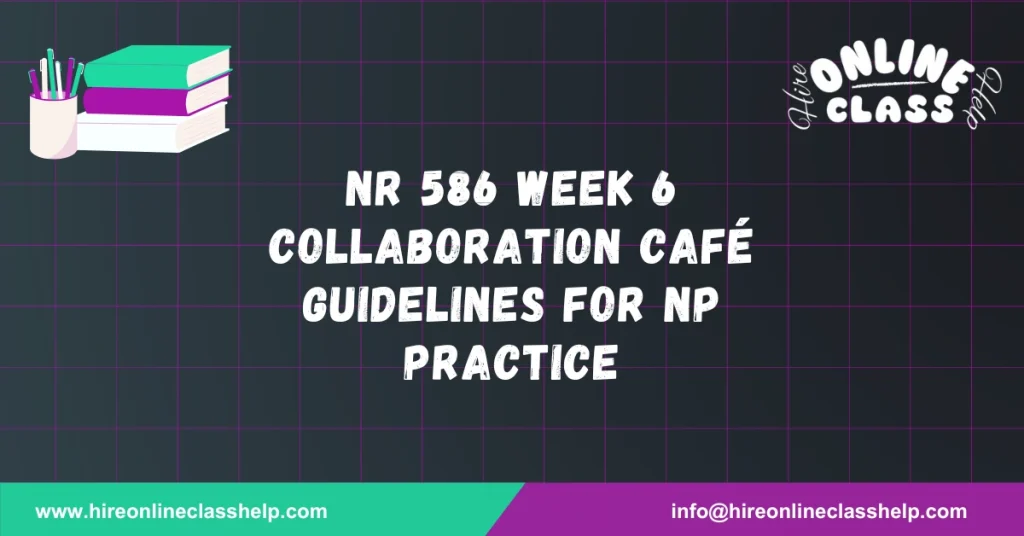






Name
Chamberlain University
NR-586: Population Health and Epidemiology for Advanced Nursing Practice
Prof. Name
Date
At my current workplace, the disaster preparedness plan is designed to provide a structured and organized response to emergencies. Leadership and staff receive specific training to ensure readiness in various crisis situations. All managerial staff are required to complete the FEMA Incident Command System (ICS) training, which establishes a standardized chain of command during disasters. The hospital has implemented multiple policies, including a Cyber Incident Response Plan and a Safety Management Plan, that address both technological and physical safety risks. Additionally, a centralized repository of Corporate Security and Emergency Management resources is available to all employees through the hospital intranet.
To maintain preparedness, the organization conducts quarterly disaster drills focusing on fire safety, active shooter responses, and natural disasters. These drills not only refresh staff knowledge but also identify potential weaknesses in the system. Past large-scale experiences, such as the hospital’s role as a response center during 9/11 and Superstorm Sandy, continue to shape current protocols. Another vital tool is the “Send Word Now” communication system, which distributes real-time alerts about emergencies, including severe weather, facility-related issues, and lockdown procedures. This ensures rapid dissemination of critical information to staff members.
While the hospital has strong systems in place, there are still areas that require improvement. Some of the notable gaps include:
| Identified Gaps | Explanation | Suggested Improvements |
|---|---|---|
| Role clarity | Not all staff members have a clear understanding of their responsibilities during emergencies. | Conduct role-specific simulations and provide quick-reference role cards for each department. |
| Communication barriers | Although alerts are sent via “Send Word Now,” some staff may not check messages promptly. | Introduce multi-channel redundancy (email, intercom, and in-app notifications). |
| Resource adequacy | Protective equipment and medical supplies are not always evaluated frequently. | Perform quarterly audits of stock and create an emergency reserve. |
| Psychological readiness | Staff often face high stress during drills and real incidents. | Offer resilience training and access to mental health resources. |
Advocating for change requires a structured and evidence-based approach. As a nurse leader, I can collect data from disaster drills, after-action reports, and staff feedback to highlight gaps in the current system. Presenting this information during leadership meetings can help secure buy-in for additional training, policy revisions, or resource allocation.
Another effective method is to participate in the hospital’s Emergency Management Committee, where clinical staff can voice concerns and propose improvements. Advocating can also extend beyond internal meetings by providing case studies from real events (such as Hurricane Katrina or COVID-19) to emphasize the importance of preparedness. By aligning recommendations with regulatory requirements (e.g., The Joint Commission standards), the case for improvement becomes stronger and more likely to gain approval.
Promoting community engagement is vital for building resilience outside the hospital setting. Healthcare institutions play an important role in educating and partnering with communities to enhance collective readiness. Some strategies include:
Educational Workshops: Offering free sessions in collaboration with local organizations on CPR, first aid, and emergency procedures.
School Partnerships: Collaborating with schools to integrate emergency preparedness drills and training for students, teachers, and parents.
Public Awareness Campaigns: Using social media, local news outlets, and community boards to raise awareness about disaster planning.
Community Drills: Encouraging community participation in large-scale simulations involving fire departments, law enforcement, and healthcare providers.
Resource Sharing: Establishing joint resource pools with local businesses and nonprofits for medical supplies, shelters, and volunteer coordination.
By fostering these collaborations, the hospital not only strengthens its own response capabilities but also contributes to a culture of resilience that ensures the broader community is prepared to face disasters effectively.
Federal Emergency Management Agency (FEMA). (2023). Incident Command System (ICS) training. U.S. Department of Homeland Security. https://training.fema.gov/
The Joint Commission. (2022). Emergency management standards for hospitals. The Joint Commission. https://www.jointcommission.org/
Smith, J., & Brown, L. (2021). Enhancing disaster preparedness in healthcare: Lessons from past crises. Journal of Emergency Nursing, 47(6), 923–930. https://doi.org/10.1016/j.jen.2021.04.006
World Health Organization (WHO). (2022). Building community resilience in disaster preparedness. https://www.who.int/